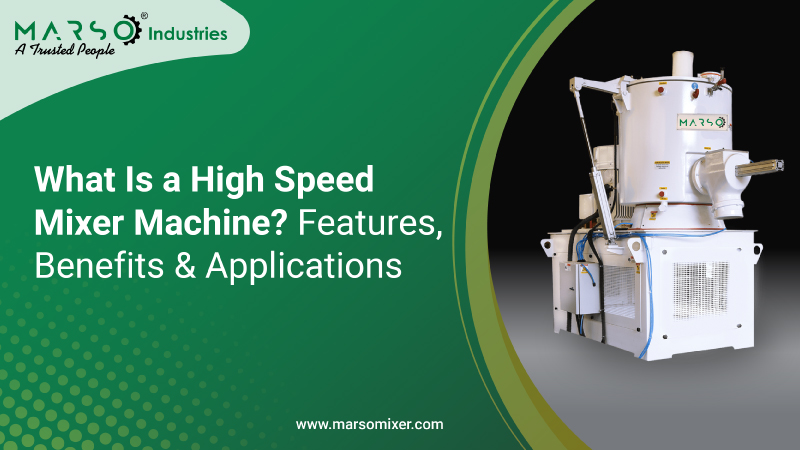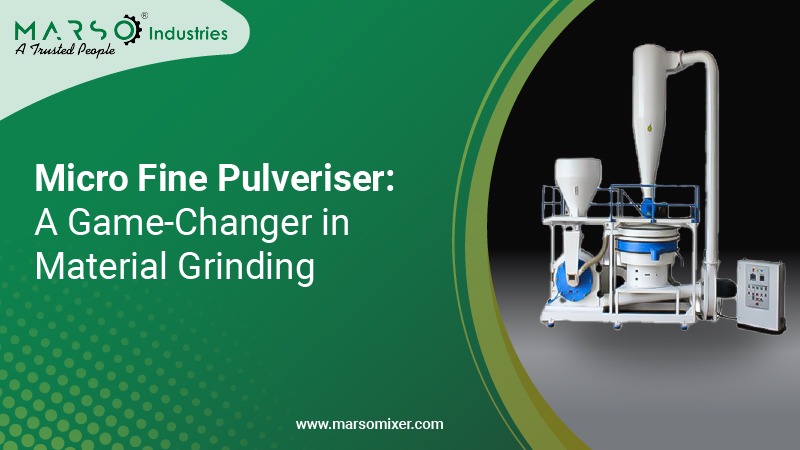What Is Vacuum Conveying System And How Does It Work?

High Speed Heater Cooler Mixer with Automated Compounding plant Ahmedabad
November 20, 2024
Automatic Raw Material Handling System: A Comprehensive Guide
December 20, 2024In the world of modern material handling, vacuum conveying systems have emerged as a game-changer. Whether in the food industry, pharmaceuticals, chemicals, or manufacturing, these systems provide a clean, efficient, and reliable solution for transporting powders, granules, and other bulk materials. But what exactly is a vacuum conveying system, and how does it work? This guide delves into the intricacies of vacuum conveying, its components, advantages, and practical applications.
What Is a Vacuum Conveying System?
A vacuum conveying system is a material transport solution that utilizes a vacuum to move products through a sealed pipeline. Unlike traditional conveying methods that rely on mechanical or pneumatic pressure, vacuum conveying uses suction to pull materials from one location to another.
The system is widely used for transferring dry powders, granules, and small solids, ensuring a dust-free, hygienic, and controlled environment. Industries that handle sensitive or hazardous materials often rely on vacuum conveying systems to minimize contamination and product loss.
How Does a Vacuum Conveying System Work?
The operation of a vacuum conveying system involves creating a vacuum within a closed pipeline to transport materials. Here’s a step-by-step breakdown of how it works:
- Material Pickup
The process begins at the pickup point, where the material is introduced into the system. This is typically done through a suction nozzle, hopper, or feed station. The material is pulled into the pipeline by the vacuum force, eliminating the need for manual handling.
- Material Transport
Once inside the pipeline, the material travels through the system under the influence of the vacuum. The airflow generated by the vacuum pump or generator creates a low-pressure zone, effectively pulling the material toward its destination. This stage ensures a consistent flow of material, reducing the risk of blockages.
- Separation
At the destination, the material and air are separated using a filter or cyclone separator. The material is collected in a receiving hopper or container, while the air is vented out through an exhaust system. Advanced filtration systems ensure that no particles escape into the environment.
- Discharge
Finally, the material is discharged from the receiving hopper into the next stage of the process, such as mixing, packaging, or further processing.
Components of a Vacuum Conveying System
A vacuum conveying system comprises several key components, each playing a vital role in its operation:
- Vacuum Pump or Generator
The vacuum pump is the heart of the system, responsible for creating the suction force. Pumps can be electric, pneumatic, or mechanical, depending on the application and material being transported.
- Pipeline
The pipeline serves as the conduit for material transport. It is typically made of stainless steel or other durable materials to ensure hygiene and prevent contamination.
- Feed Station
This is where the material enters the system. Feed stations can be designed to handle different material types and flow rates.
- Filters
Filters separate the material from the air and prevent fine particles from escaping into the environment. Marso Mixer also protect the pump from damage caused by dust and debris.
- Receiving Hopper
The receiving hopper collects the transported material and facilitates its discharge into the next stage of the process.
- Control System
Modern vacuum conveying systems often include a control panel to manage airflow, pressure, and material flow rates. Automation enhances efficiency and reduces the need for manual intervention.
Types of Vacuum Conveying Systems
Vacuum conveying systems are versatile and can be customized to meet specific industry requirements. The two main types are:
- Dilute Phase Vacuum Conveying
In this method, the material is suspended in the airflow and transported at high velocity. Dilute phase conveying is ideal for lightweight, non-fragile materials such as grains, powders, and plastics.
- Dense Phase Vacuum Conveying
Dense phase conveying moves materials at a slower velocity, ensuring gentle handling. It is suitable for fragile, abrasive, or heavy materials that require minimal degradation during transport.
Advantages of Vacuum Conveying Systems
Vacuum conveying systems offer several benefits over traditional material handling methods:
- Hygiene and Cleanliness
Vacuum systems operate in a sealed environment, reducing the risk of contamination and ensuring compliance with strict hygiene standards. This makes them ideal for industries like pharmaceuticals and food processing.
- Dust-Free Operation
By containing materials within a closed pipeline, vacuum conveying prevents dust emissions, ensuring a safer workplace and reducing environmental impact.
- Space Efficiency
These systems require minimal floor space compared to mechanical conveyors, making them suitable for compact production facilities.
- Flexibility
Vacuum conveying systems can be customized to handle a wide range of materials, from fine powders to granular solids. We can also be integrated into existing production lines.
- Reduced Maintenance
With fewer moving parts than traditional conveyors, vacuum systems are less prone to wear and tear, resulting in lower maintenance costs and downtime.
- Energy Efficiency
Modern vacuum pumps are designed to optimize energy consumption, reducing operational costs while maintaining performance.
Applications of Vacuum Conveying Systems
Vacuum conveying systems are used across a variety of industries for transporting materials efficiently and safely. Here are some key applications:
- Food and Beverage
- Transporting ingredients like flour, sugar, spices, and coffee beans.
- Ensuring hygiene and preventing contamination during processing.
- Pharmaceuticals
- Transferring powders and granules for tablet production.
- Maintaining a sterile environment for sensitive materials.
- Chemicals
- Handling hazardous or reactive powders safely.
- Reducing the risk of spillage and contamination.
- Plastics and Polymers
- Conveying plastic pellets and powders to molding machines.
- Ensuring consistent material flow in manufacturing processes.
- Additive Manufacturing
- Supplying powders for 3D printing.
- Ensuring precise material handling for advanced manufacturing.
Factors to Consider When Choosing a Vacuum Conveying System
Selecting the right vacuum conveying system depends on several factors:
- Material Properties
- Particle size, density, and flowability influence system design.
- Fragile or abrasive materials may require gentle handling solutions.
- Capacity Requirements
- The system should handle the required volume efficiently.
- Overloading the system can lead to blockages and reduced performance.
- Distance and Layout
- The length and complexity of the pipeline impact suction power.
- Vertical and horizontal distances must be considered.
- Hygiene Standards
- Industries like food and pharmaceuticals require systems with easy-to-clean components.
- Budget
- Initial investment and operating costs should align with long-term benefits.
Future Trends in Vacuum Conveying Systems
As industries evolve, vacuum conveying systems continue to adapt with advancements in technology. Future trends include:
- Smart Systems
- Integration with IoT for real-time monitoring and control.
- Predictive maintenance to minimize downtime.
- Energy Efficiency
- Development of more energy-efficient vacuum pumps.
- Focus on sustainable operations.
- Enhanced Filtration
- Improved filters for better air quality and reduced emissions.
Conclusion
Vacuum conveying systems are a versatile and efficient solution for modern material handling needs. By leveraging vacuum technology, these systems offer unparalleled cleanliness, safety, and performance. From food production to pharmaceuticals and beyond, vacuum conveying systems continue to set the standard for efficient material transport.




